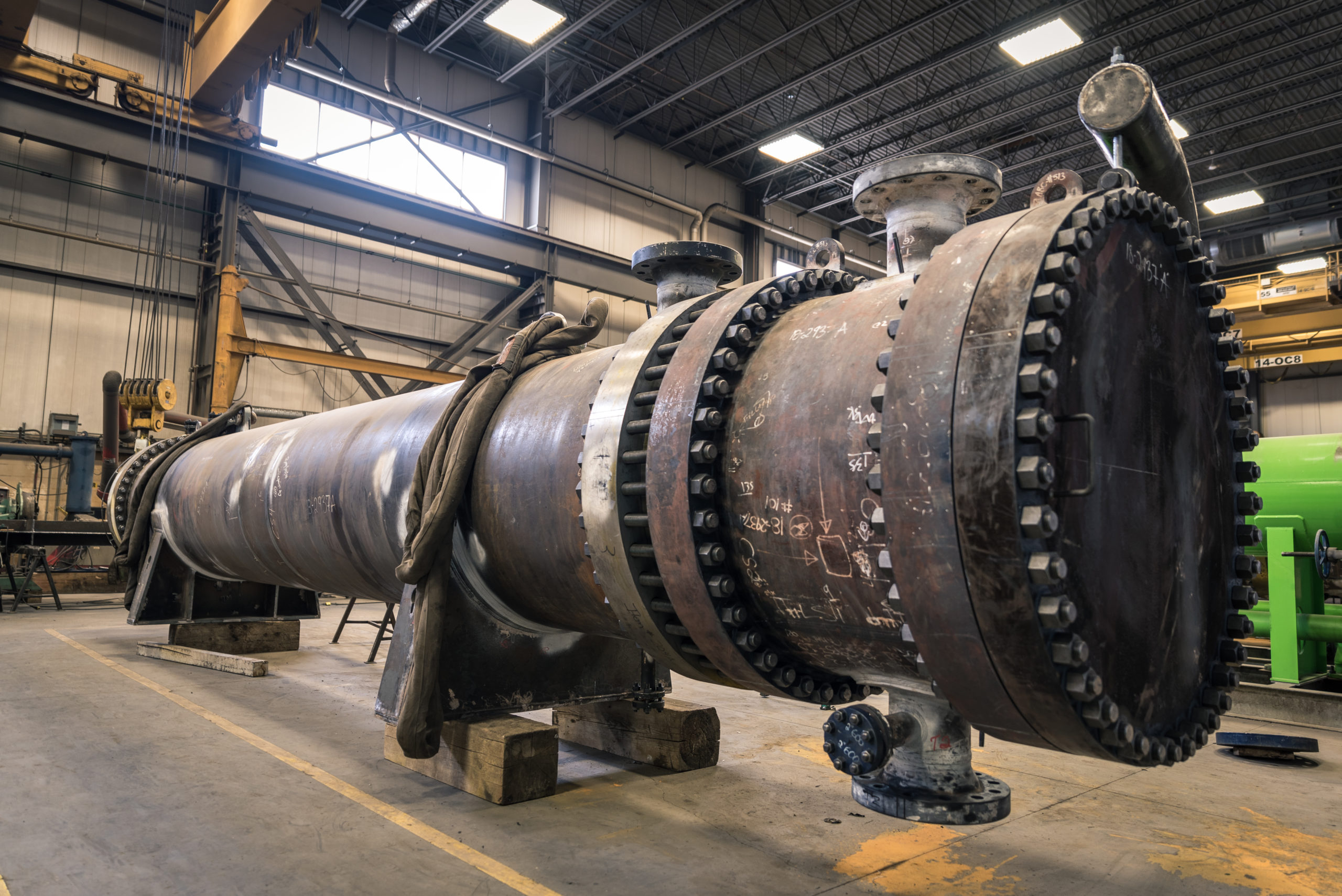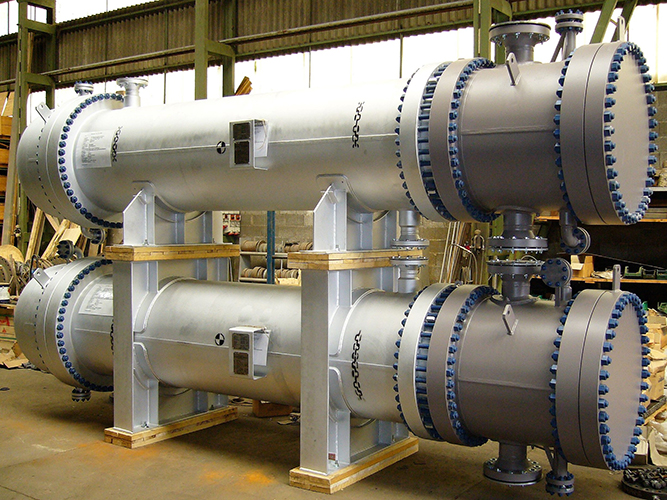The Science Behind Tema Heat Exchangers: How They Work and Why They Matter
In the world of industrial processes and thermal management, efficient heat transfer is paramount. Among the various types of heat exchangers available, Tema heat exchanger have emerged as a highly versatile and effective solution, widely adopted across diverse industries. This article delves into the science behind these remarkable devices, exploring their working principles, unique features, and the reasons why they have become indispensable in modern thermal engineering.

Understanding the Fundamentals
A tema heat exchanger is a type of shell-and-tube heat exchanger designed to facilitate the transfer of thermal energy between two or more fluids at different temperatures. The name "tema" is derived from the Tubular Exchanger Manufacturers Association (TEMA), which establishes standards and guidelines for the design, fabrication, and operation of these heat exchangers.
Question: What is the primary purpose of a tema heat exchanger?
Answer: The primary purpose of a tema heat exchanger is to facilitate the efficient transfer of thermal energy between two or more fluids at different temperatures, making it a crucial component in various industrial processes and thermal management applications.
The Shell-and-Tube Design
At the core of a tema heat exchanger lies its distinctive shell-and-tube design. The exchanger consists of a cylindrical shell, within which a bundle of tubes is placed. One fluid (often referred to as the shell-side fluid) flows through the space between the shell and the tubes, while another fluid (the tube-side fluid) flows through the tubes themselves. This counter-flow arrangement maximizes the temperature difference between the two fluids, enhancing heat transfer efficiency.
Question: How does the shell-and-tube design of a tema heat exchanger contribute to its efficiency?
Answer: The counter-flow arrangement of the shell-and-tube design in a tema heat exchanger maximizes the temperature difference between the two fluids, allowing for more efficient heat transfer compared to parallel flow designs.

Versatile Applications
Tema heat exchangers find applications in a wide range of industries due to their versatility and ability to handle various fluids and operating conditions. In power generation plants, they play a crucial role in condensing steam from turbines, facilitating the efficient conversion of thermal energy into electrical energy. In the chemical and petrochemical industries, tema heat exchangers are employed for processes such as distillation, reaction cooling, and heat recovery.
Question: In which industries are tema heat exchangers commonly used, and what are some of their applications?
Answer: Tema heat exchangers are widely used in industries such as power generation, chemical and petrochemical processing, oil and gas refining, and HVAC systems. Some common applications include condensing steam from turbines, distillation, reaction cooling, heat recovery, and heating or cooling fluids in HVAC systems.
Robust and Durable Design
One of the key advantages of tema heat exchangers is their robust and durable design. These heat exchangers are constructed using high-quality materials, such as carbon steel, stainless steel, or specialized alloys, depending on the operating conditions and the fluids involved. This robust construction ensures reliable performance and extended service life, even in challenging environments with high temperatures, pressures, or corrosive fluids.
Material Selection and Customization
The effectiveness and longevity of a tema heat exchanger are heavily influenced by the choice of materials used in its construction. Engineers carefully select the appropriate materials based on factors such as temperature range, pressure, and fluid compatibility. Additionally, tema heat exchangers can be customized with various tube patterns, baffles, and flow configurations to optimize heat transfer rates and meet specific operational requirements.
Question: Why is material selection and customization important for tema heat exchangers?
Answer: Material selection is crucial for tema heat exchangers to ensure compatibility with the operating conditions, such as temperature, pressure, and fluid compatibility, ensuring reliable performance and extended service life. Customization options like tube patterns, baffles, and flow configurations allow for optimized heat transfer rates and the ability to meet specific operational requirements.
Maintenance and Fouling Mitigation
Like any heat transfer equipment, tema heat exchangers can be susceptible to fouling, which occurs when unwanted deposits accumulate on the heat transfer surfaces, reducing efficiency. To mitigate this issue, tema heat exchangers are designed with features that facilitate easy maintenance and cleaning. These include removable tube bundles, access ports, and provisions for mechanical or chemical cleaning methods.
Computational Fluid Dynamics (CFD) Analysis
The design and optimization of tema heat exchangers have benefited significantly from the advancement of computational fluid dynamics (CFD) simulations. CFD analysis allows engineers to model and visualize the complex fluid flow patterns and heat transfer processes within the heat exchanger, enabling them to identify potential areas for improvement and optimize the design for maximum efficiency.

Conclusion
Tema heat exchangers are at the forefront of thermal management technology, offering unparalleled efficiency, durability, and versatility. Their unique shell-and-tube design, coupled with robust construction and customization options, make them invaluable assets in a wide range of industrial applications. As industries strive for greater energy efficiency and sustainable operations, the role of Tema heat exchanger will continue to be pivotal in facilitating efficient heat transfer and contributing to environmental sustainability. With ongoing advancements in materials, design optimization, and maintenance techniques, these remarkable devices will continue to redefine the boundaries of thermal engineering, enabling more efficient and reliable processes across diverse sectors.
